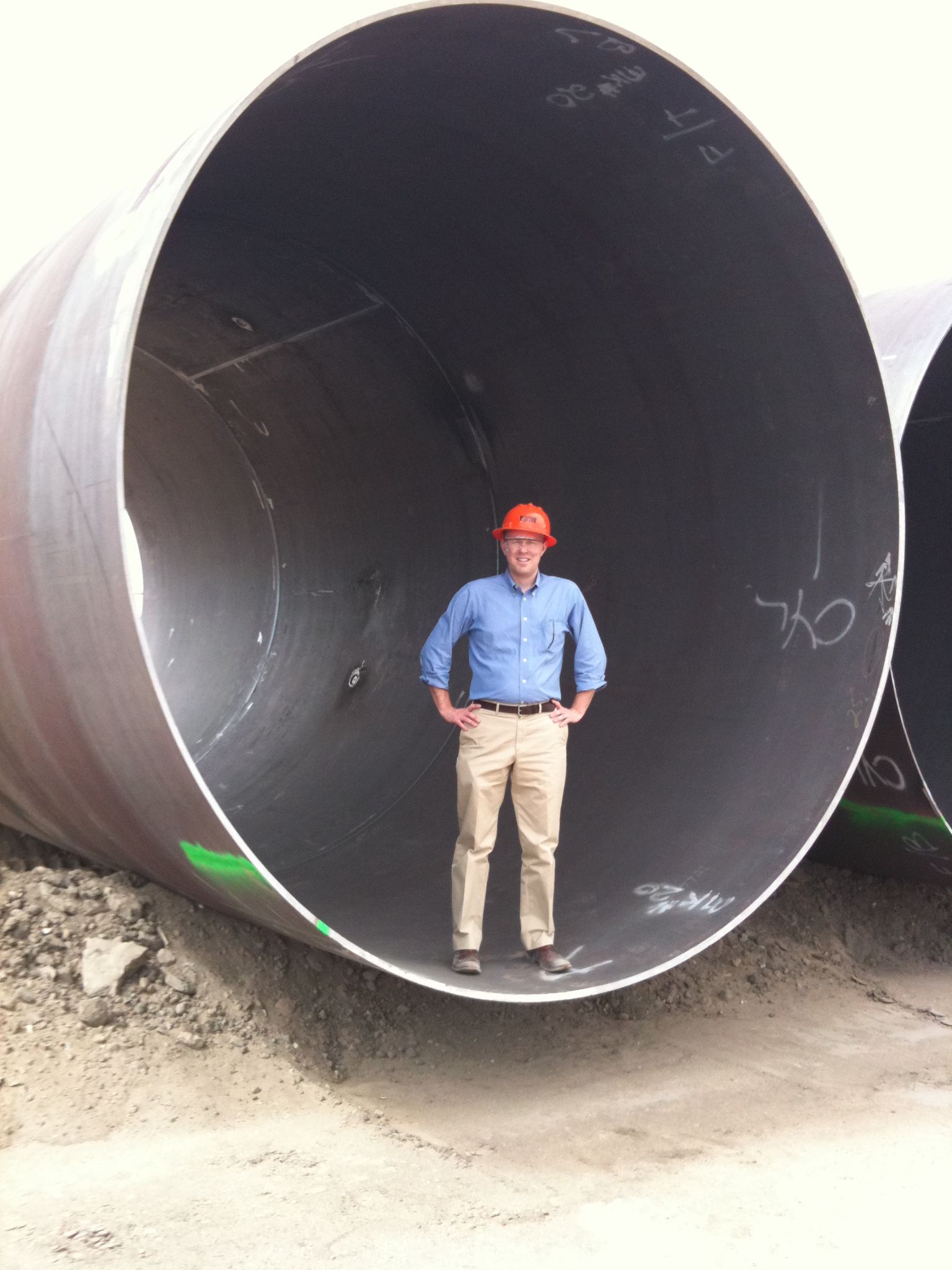KBI Global Investors’ senior portfolio managers Matt Sheldon (pictured) and Catherine Cahill have highlighted seven water investing trends, ahead of World Water Day, pointing to the role it plays in tackling climate change
The pair, who manage the firm’s Water Strategy, said as the “multi-decade investment opportunity” in investing in water enters its third decade, investors are increasingly shying away from carbon footprint heavy industries such as oil, gas and mining, to look for opportunities in renewable companies, in particular water companies addressing climate change by working with communities, farmers, utilities and industry to adapt to and mitigate against climate risks.
Cahill said: “We are set to see the scene shift away from being reactive to climate change towards instead being more proactive, as the social and financial costs of being vulnerable and prone can exceed the costs of addressing the problems after catastrophe strikes. Policymakers are increasingly supportive at a time when water problems are becoming more challenging. With the underlying targets of the UN SDGs mostly ending in 2030, we are optimistic about the decade ahead for a focused water investing strategy.”
Ahead of World Water Day on 22 March, here are KBI Global Investors’ (KBIGI) seven water investing trends for the 2020s that will help tackle climate change:
- Climate crisis crescendo – Water companies will work alongside core stakeholders to provide alternate water supply sources and address stormwater management strategies, this to increase resilience in the face of rising seas, more droughts, more floods and more extreme weather events.
- Smart water matures – Water companies are actively electrifying and networking their analytics on plumbing, hydrants, pumps, meters, boilers, water treatment technologies and irrigation equipment. Remote monitoring and controls help with predictive maintenance, lowering input costs, improving outcomes and pre-emptive alerting. This is a “win-win”, according to Cahill, as better business for the water companies and more efficient operations for customers, which, among other benefits, helps address increasing water affordability concerns.
- Battle for the water consumer – Consumerism is about to enter the water space and this will drive two main responses: water utilities will need to develop rapid responses and closer relationships to their customer base at the same time as residential water treatment business models ramp up their efforts to bring water treatment solutions into the home.
- Infrastructure boom – This is something that can already be seen in the management commentaries, said the managers, through organic growth and backlogs of the global consulting engineers – an infrastructure boom is underway. However, the phasing of spend means projects can take a long time from conception to completion, and that means the spending will transition from the smaller engineering phase to the larger construction works and technology implementation phase well into the 2020s.
- Reverse a decade of industrial rationalisation – After a decade of restructuring, few industries are sitting on excess capacity. In addition, changing trade patterns have driven a desire for a more diverse qualified supplier base and shorter supply chains. This has the potential to lead to a more normal pace of industrial capacity growth going forward, which will drive demand for industrial water solutions, they added.
- Resumption of the roll-ups – Unlike the ‘consolidator phase’ of the 2000s, in which large multi-industry companies dipped their toe into water, the managers said it is likely that we are going to see the focused water companies themselves buy up interesting, highly fragmented spaces. KBIBI is already starting to see this happen in waterworks distribution, residential water treatment, industrial water treatment and US utilities
- Rise of India/Africa – Just as China rose from a small factor in the water industry to a huge force over the last 10-15 years, KBIGI believes the same will be true for India and Africa over the coming decade. Both geographies have a population of about 1.3 billion apiece and have significant needs to address clean water and proper sanitation issues. Both regions are notoriously difficult to work in due to bureaucracy and corruption, but growth is nevertheless likely to be robust.








